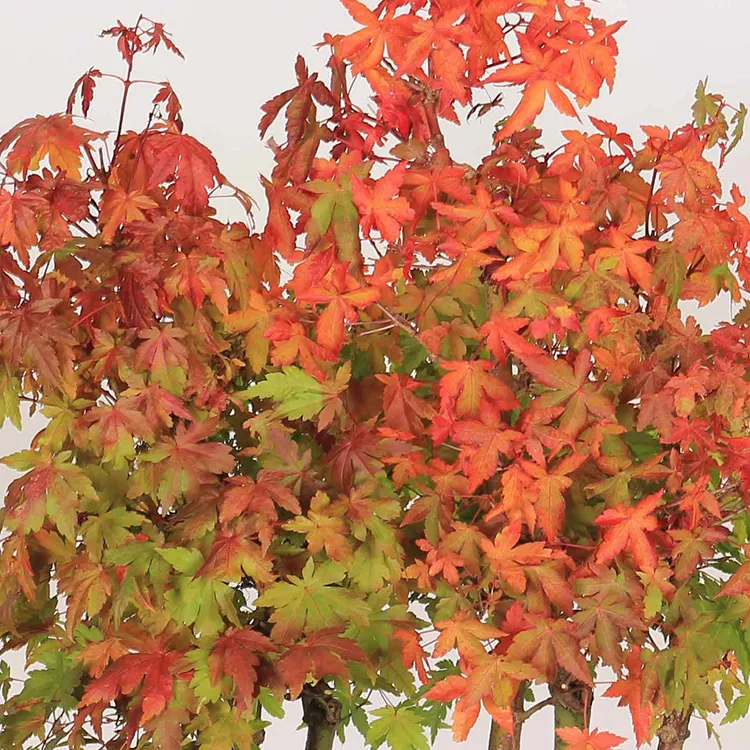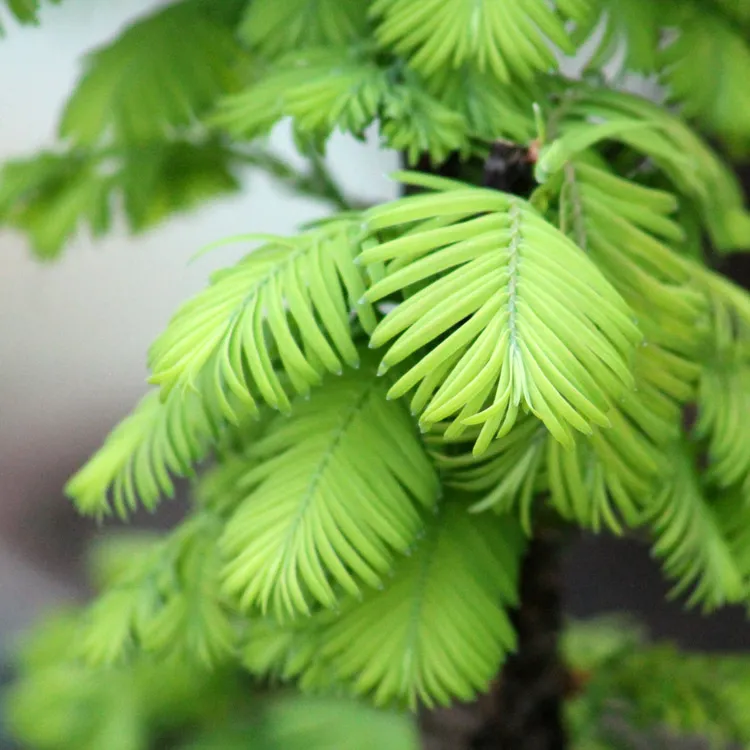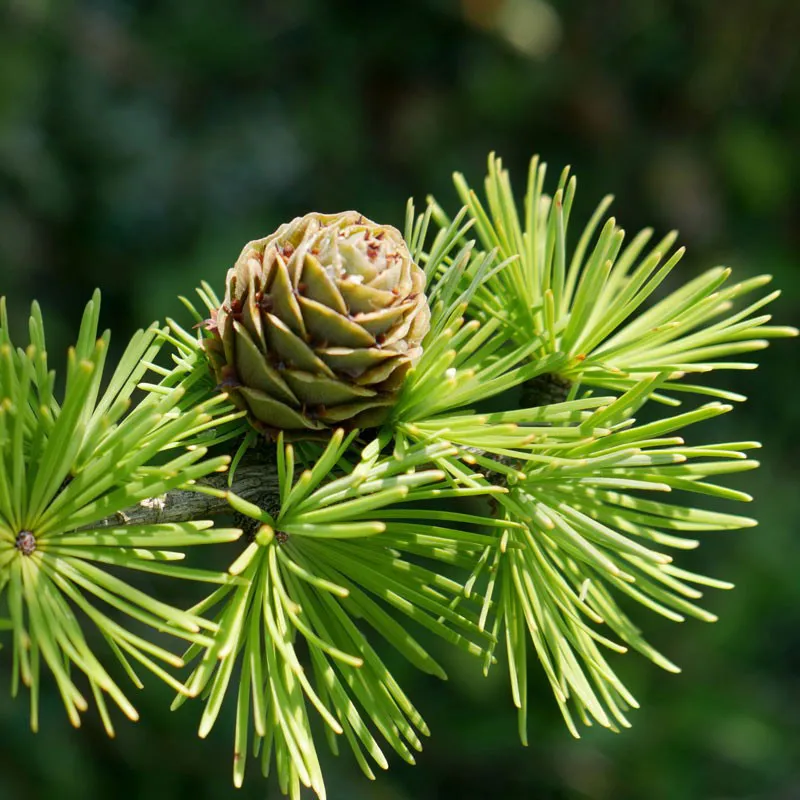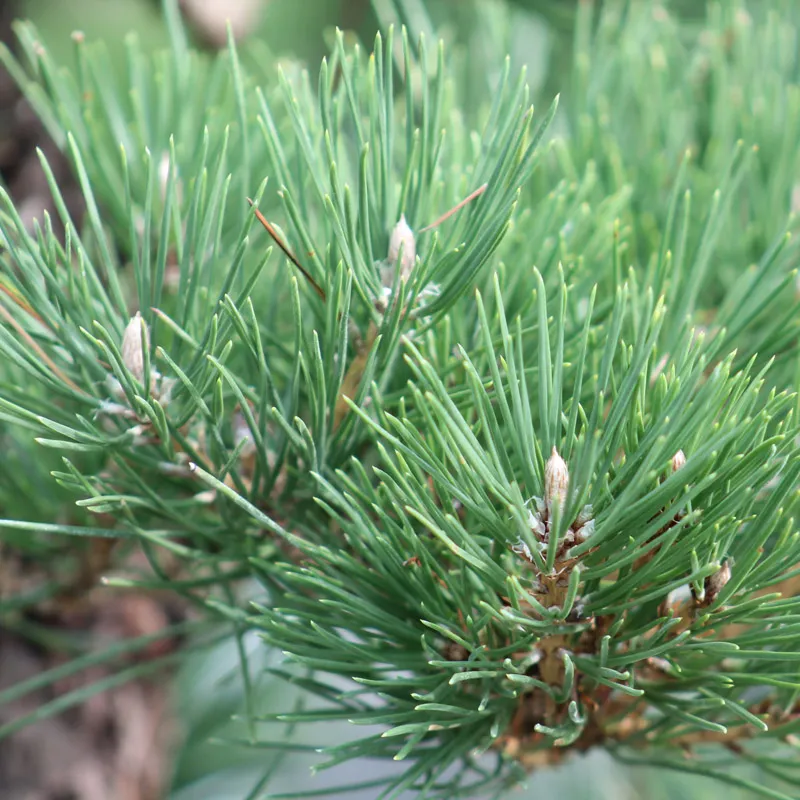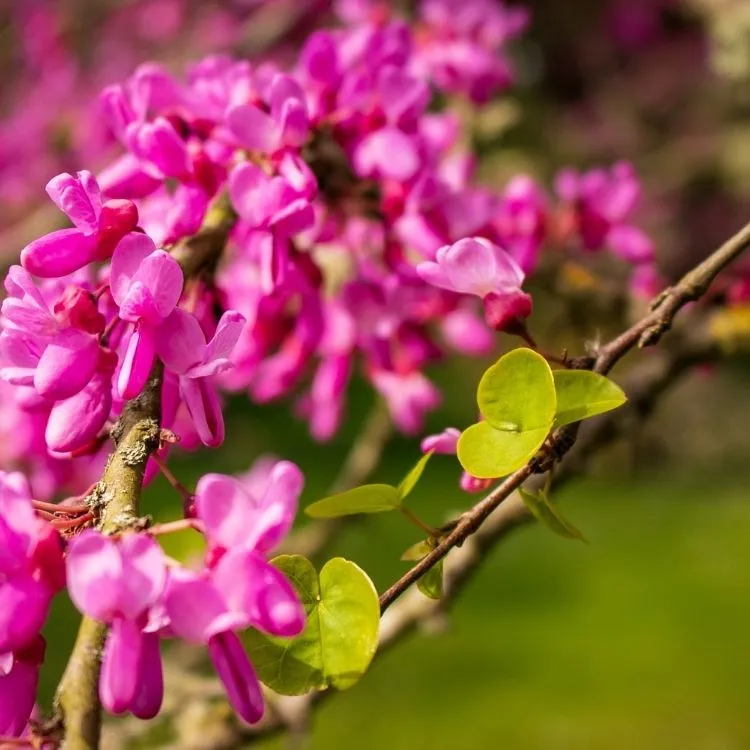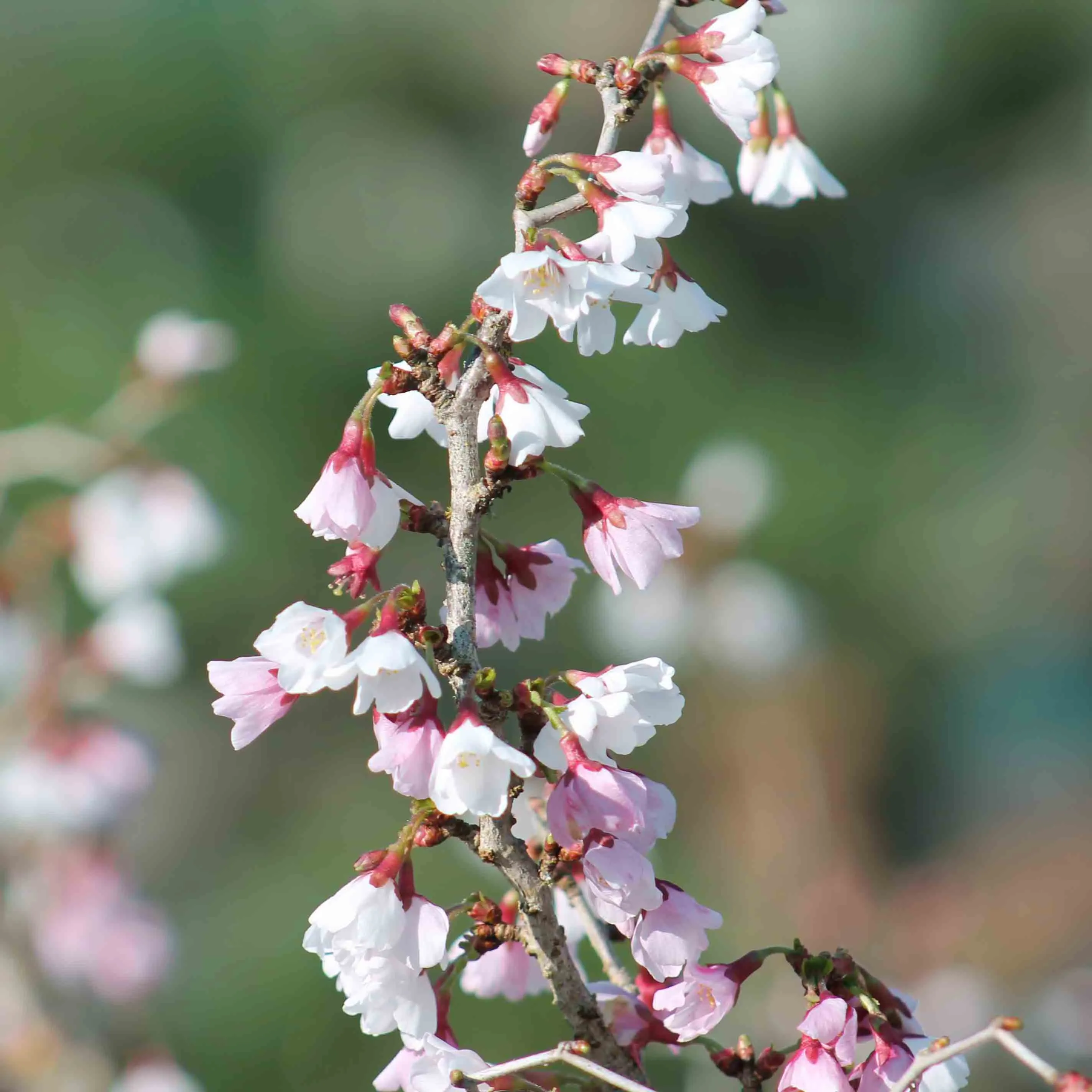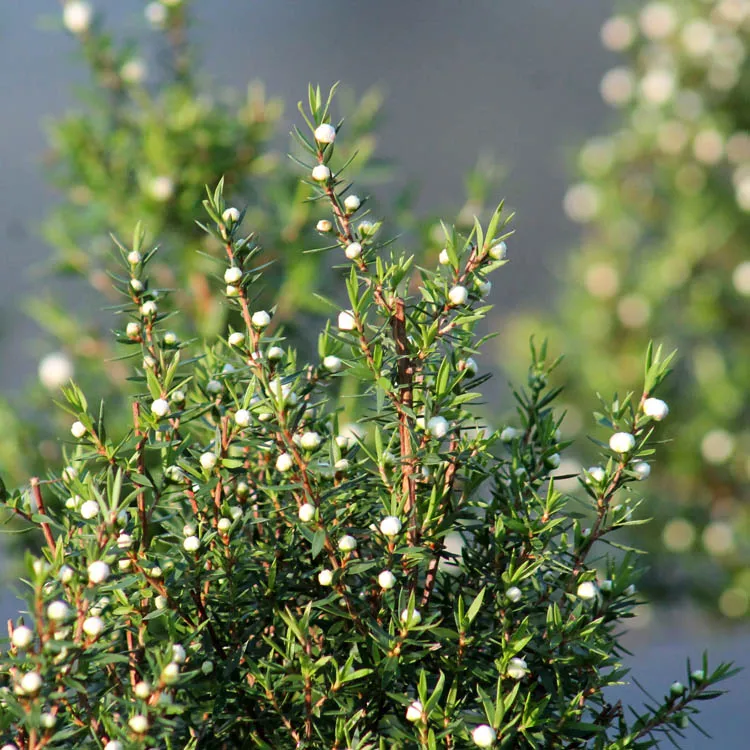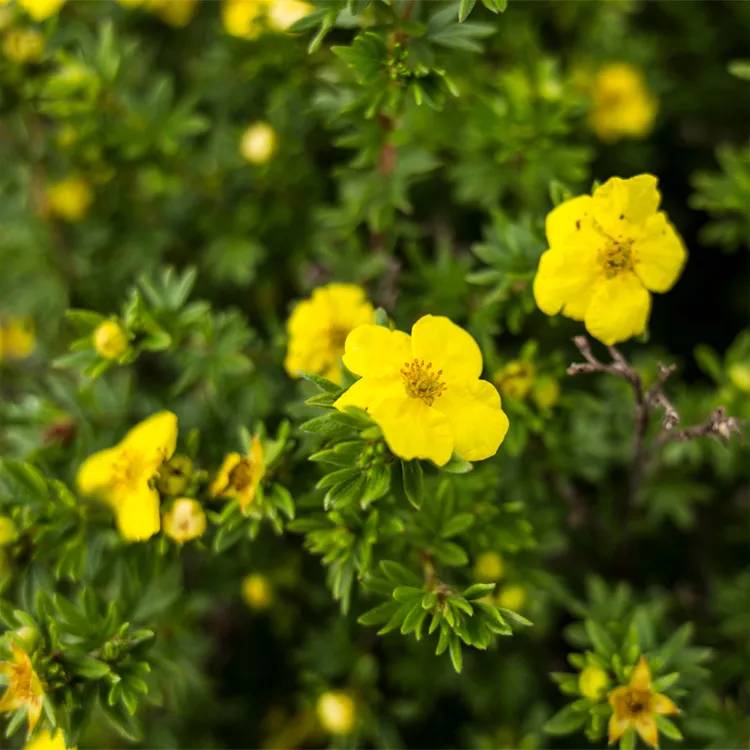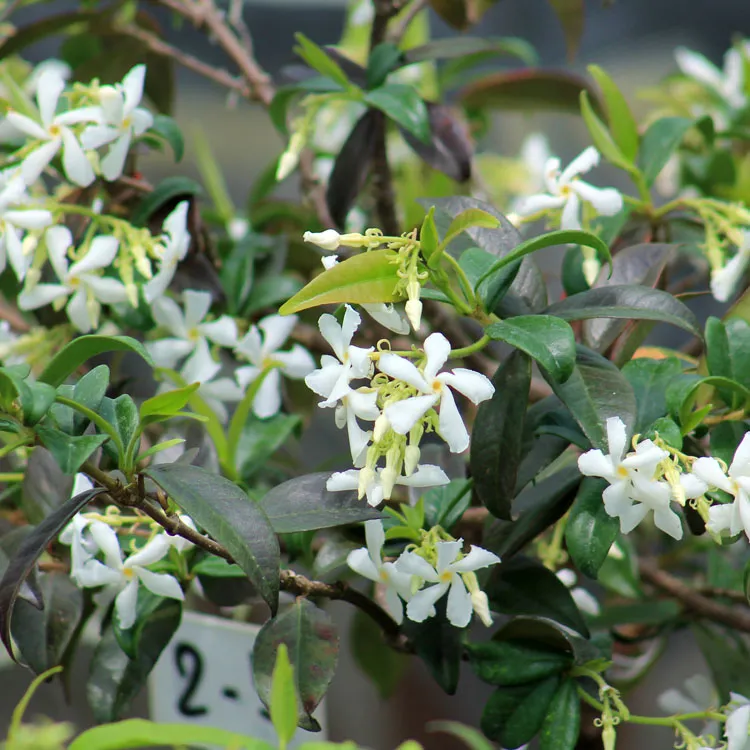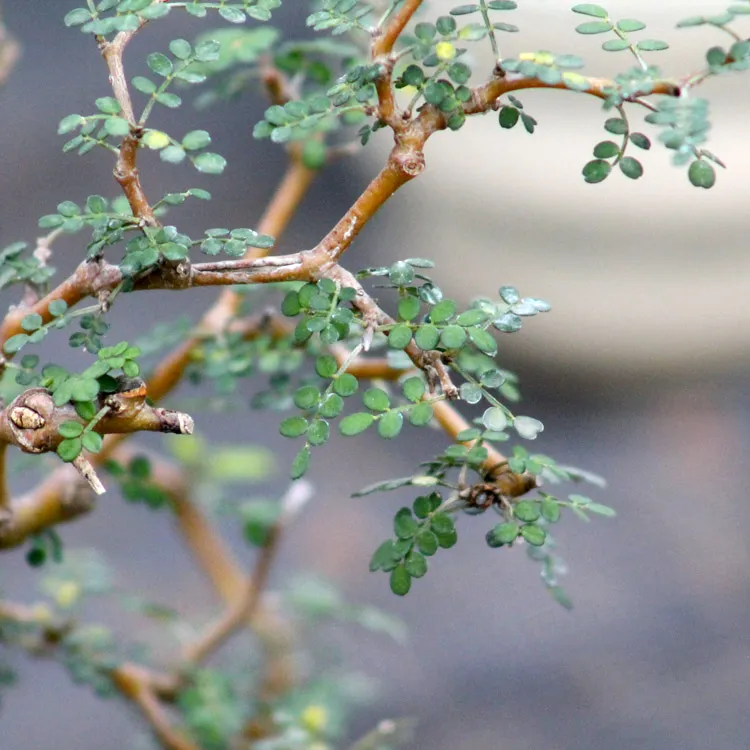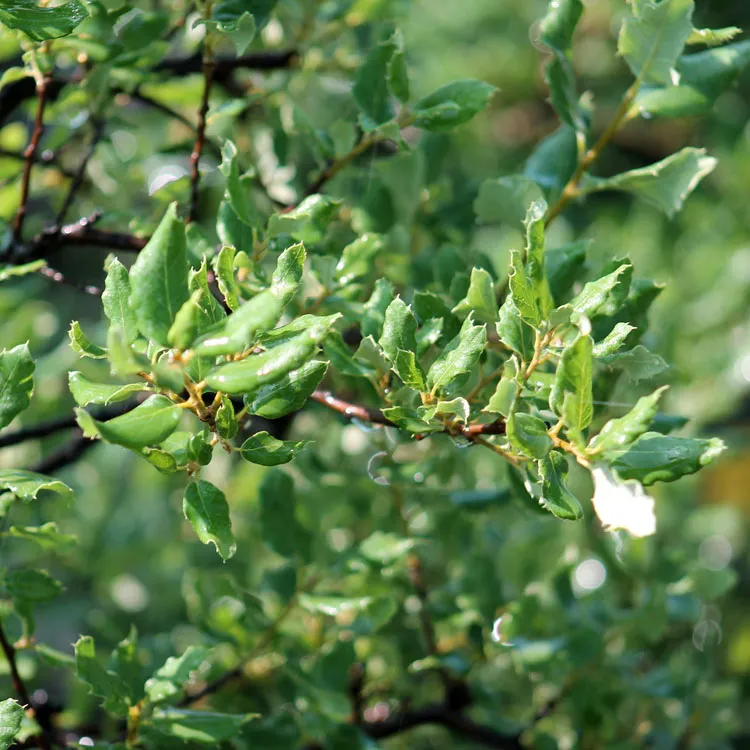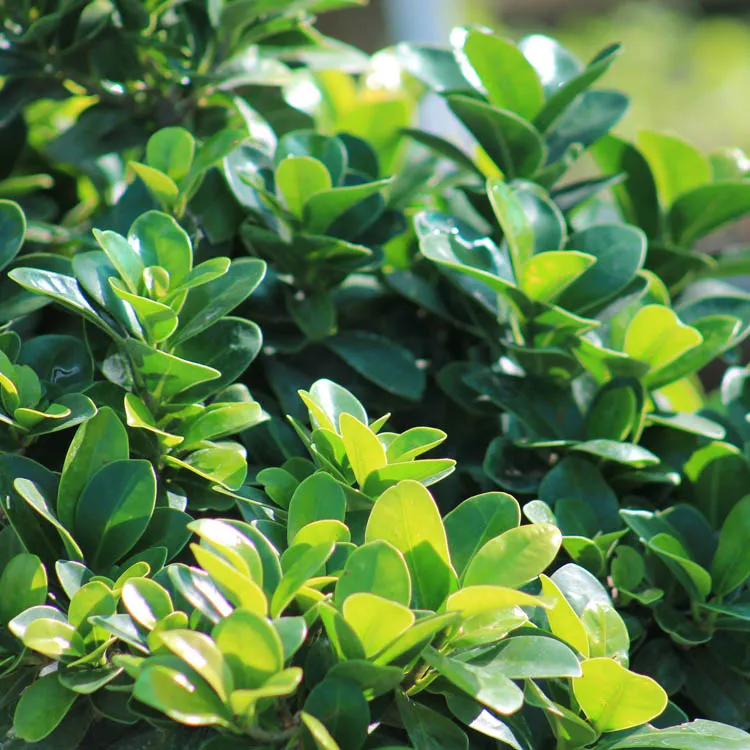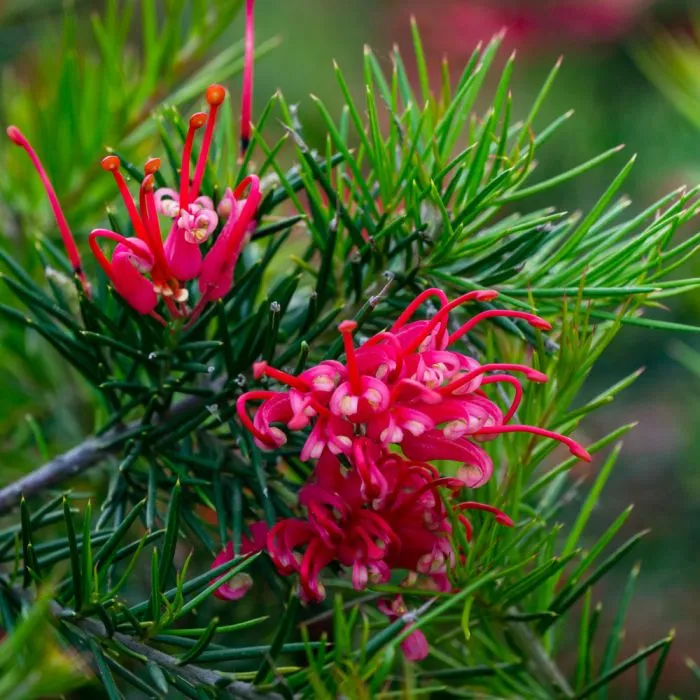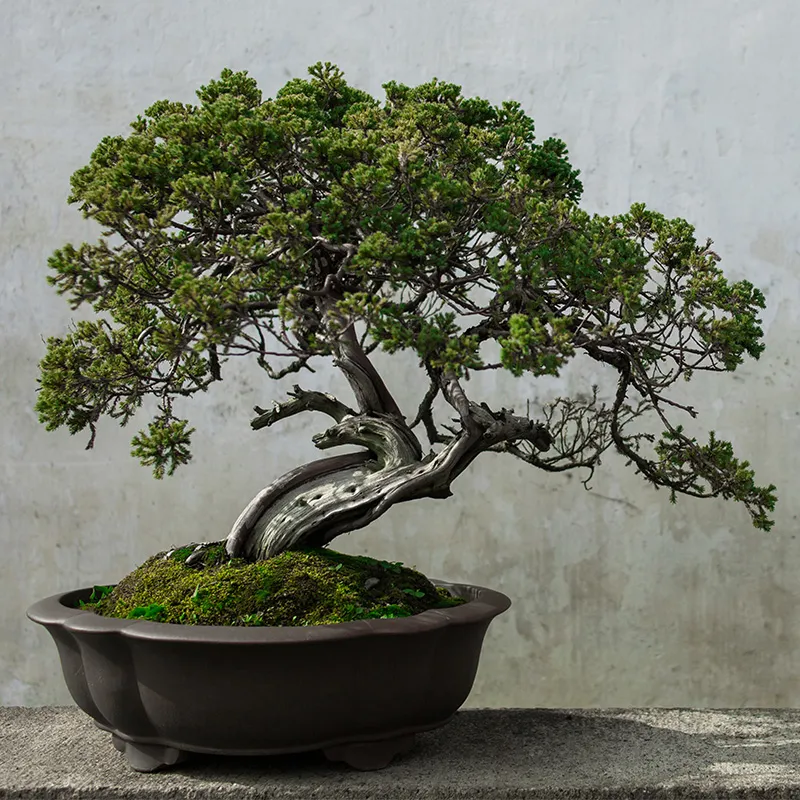The summer season has settled, the thermometer is on the rise (sometimes bordering on the heat wave) and for our bonsai it is a pivotal moment. Even if there is less work to be done on them, they still require attention.
The end of spring growth
Starting vegetation is very energy-intensive for trees in general and bonsai trees in particular. They've drawn down some of their reserves for growth, and summer is a bit like a period of rest, or so it seems. Because if the aerial part will not grow much, the roots remain very active.
Summer is therefore a period of transition between the development of spring and the accumulation of reserves in the autumn, in preparation for bud break the following spring.
The foliage for a tree is the energy factory thanks to photosynthesis. The more leaves (or needles for a pine tree), the more energy the tree will be able to produce that it can store and use to make tissues. It is therefore important to preserve the foliage of the trees, which it does not roast in the sun. A very vigorous bonsai may make a new spring, but often it will not re-leaf until the following year. This means little or no energy build-up in autumn. It's not going to kill him, but if it happens several years in a row, he's going to weaken.
In summer, it's better to overwater than not enough
While excess water can be detrimental to bonsai trees, you shouldn't worry too much in summer because root activity remains high. This is because it is hot, the trees dehydrate quickly and therefore they need a lot of water. The hot wind is also an aggravating factor and very often you see the tips of the leaves toasted on some bonsai because they are subject to hot winds that dry out their leaves.
While pine trees love full sun, not all bonsai trees do. When it's really hot, partial shade is often more appreciated, especially for sensitive species such as maples. During a heat wave, don't hesitate to put them in the shade to protect them, and water all your trees thoroughly.
Should you fertilize a bonsai in summer?
When it's hot, the fertilizer is no longer assimilated by the plants, so theoretically there is no point in giving fertilizer. However, summer is often a succession of beautiful warm days with a few others that are greyer and cooler. In addition, organic fertilizer takes several days to decompose to assimilate, and it is difficult to predict the weather two weeks in advance.
So at the nursery we give fertilizer even in summer, especially on the bonsai trees in training that need to develop, thicken their branches.
On the other hand, once the big growth phase has passed, the tree will gradually begin to accumulate reserves during the summer and then in the fall. It is therefore necessary to avoid giving a fertilizer that is too nitrogen, and to favor those richer in Phosphorus and Potassium (P and K higher than N). This type of fertilizer also promotes beautiful fall colors on bonsai maples.
What to do with your bonsai when you go on holiday?
The underlying problem is watering, and all bonsaikas face it when they are away from home for a few weeks. What precautions should be taken and how should watering be managed?
First of all, you're not at home, you won't be enjoying your bonsai, so you might as well arrange them in a way that avoids unnecessary risks. In the summer, we sometimes have thunderstorms with high winds that can knock trees off the shelves. It's not for nothing that the Japanese often attach bonsai trees securely to shelves, but it's true that they are subject to typhoons, a phenomenon that we don't have in your country.
Avoid any risk of falling which could break branches, break the pot with the roots remaining in the air and in the sun. If the very big ones are less afraid, put all the other bonsais on the ground, especially those that can easily move with big gusts of wind.
Summer is also often synonymous with extreme heat. Place the most fragile trees (e.g. Japanese maples) in the shade to avoid any risk of water stress and burnt leaves. It's better to lack sunlight for a week or two, than to risk a heat stroke.
Coming back to watering, the ideal is to have a trusted person who will come by every day to water. But it's not always easy, which is why automatic watering is an interesting solution, even if it requires some adjustments. Foggers, sprinklers, drip irrigation, there are different systems
Even if you use automatic watering, don't trust it blindly. Especially if you water with rainwater stored in a cistern. The pump that breaks down, the tank that runs out, a clogged sprinkler, and your bonsai can run out of water for a few days, with a horror when you come back from vacation.
Ask a friend or neighbour to check in every day, right after the watering starts. He will simply check that all the bonsai trees are well watered.


 Production of French Bonsai
Production of French Bonsai


